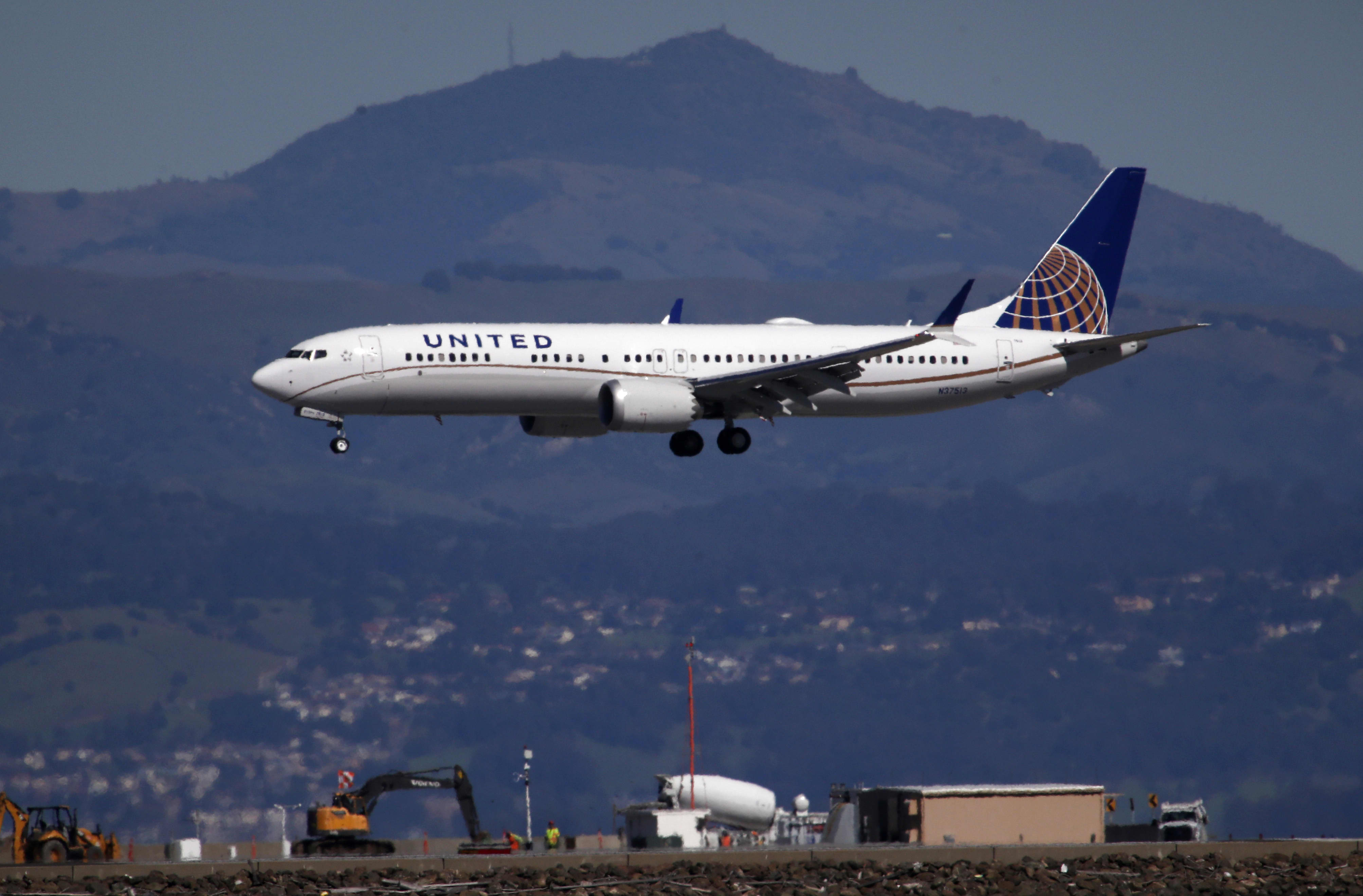United Airlines Boeing 737 Max 9 aircraft lands at San Francisco International Airport on March 13, 2019 in Burlingame, California.
Justin Sullivan | Getty Images
U.S. airlines are laying the groundwork for a travel rebound that still looks months, if not years, away.
Some carriers are buying new planes, while others are training pilots and even adding staff. Decisions they make now will affect how they will be positioned to capitalize on an eventual recovery in air travel.
To be sure, U.S. airlines are still struggling, losing $150 million a day, said Nick Calio, CEO of Airlines for America, an industry group that represents United Airlines, American Airlines, Delta Air Lines, Southwest Airlines and other major carriers. U.S. airlines lost more than $35 billion, combined, last year and passenger counts dropped by more than 60% from 2019 to about 370 million, the fewest since 1984, according to the U.S. Department of Transportation.
“We’re hopeful that by the end of the year we will break even,” Calio said Tuesday in testimony before the House aviation subcommittee at a hearing about the industry’s recovery prospects.
Capacity is down by half compared with last year while passenger traffic is still off more than 60%, the industry group said.
But with vaccinations rising and new Covid-19 infections well off their highs of early January, airlines are starting to see glimmers of a recovery. The House passed a $1.9 trillion coronavirus relief package last week that included a third round of federal payroll aid for airlines, $14 billion that will help soften the blow of a choppy first half of the year if it passes the Senate.
Signs of a thaw
Discount carriers like Spirit Airlines and Allegiant Travel Co. have been the most optimistic. Spirit plans to start training new pilots and flight attendants this month for the first time since early in the pandemic.
Their business models focused on price-sensitive domestic leisure travel even before the pandemic, which has fared better than international and business travel over the past year. Those two, sometimes overlapping segments, were a pillar of big network airlines before Covid-19 spread around the world, sparking entry bans, quarantine orders and pauses on business trips.
But even large airlines that were forced to reimagine their businesses in the pandemic are seeing some bright spots.
“Spring break demand has been more robust than we expected,” Ankit Gupta, United’s vice president of network and schedule planning, said in an interview. “Summer booking patterns are looking up.”
Network planners like Gupta have played an even more crucial role for airlines over the past year as they have to balance keeping airline costs low while ramping up service where pockets of demand sprout up. Making the job more difficult is that travelers are booking closer to their travel dates because of so much uncertainty in the pandemic.
Spring training
United on Monday said it was upsizing its order for Boeing 737 Max planes. The company didn’t disclose how much it paid but aviation consulting firm Ascend by Cirium said Max 9 planes are valued at $45.5 million each, down about 8% compared with early 2019.
United’s chief commercial officer, Andrew Nocella, told staff that the purchase “helps position us to meet the demand we expect to see in 2022 and 2023 and puts us on a path toward more opportunities for our employees in the future.”
Delta President Glen Hauenstein on Monday echoed Gupta’s upbeat sentiment, telling a Raymond James conference that starting two weeks ago the airline saw a meaningful increase in travel demand for trips in the near term and for this summer.
Delta on Friday said it wants all of the roughly 1,700 pilots who haven’t been flying back on active status by October. In January, the Atlanta-based carrier targeted a return of just 400 of them.
The turnaround won’t be immediate with travel restrictions on longer-haul trips expected to linger until more people are vaccinated. Airlines for America estimates it will take until 2023 or 2024 to get back to 2019 passenger volumes.
John Laughter, Delta’s senior vice president of flight operations told pilots in a note Friday that the carrier is “preparing to build back to 2019 levels of flying by summer 2023.” He noted that “customers will dictate the path to our recovery.”

